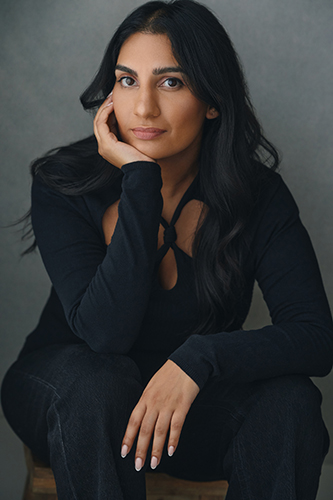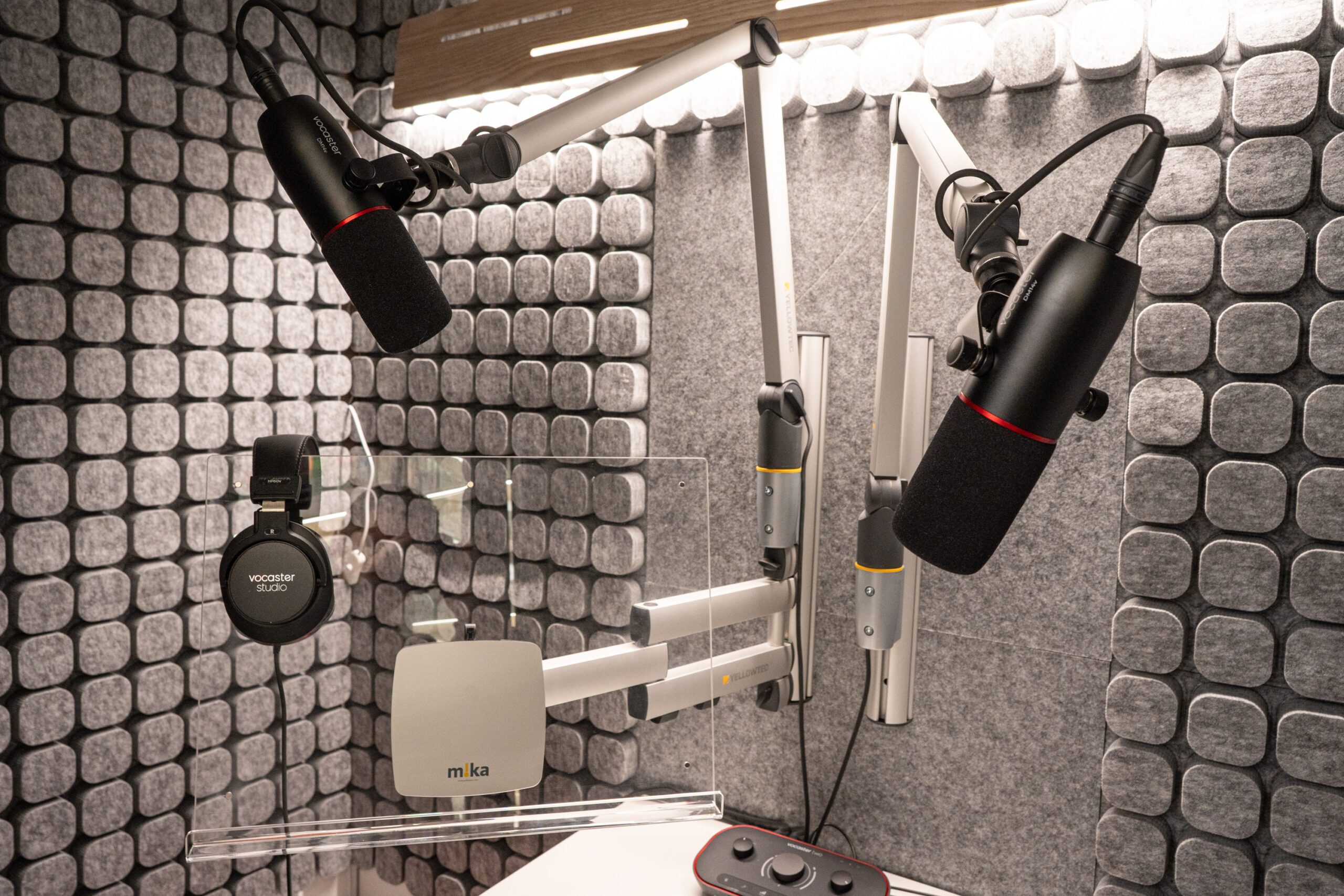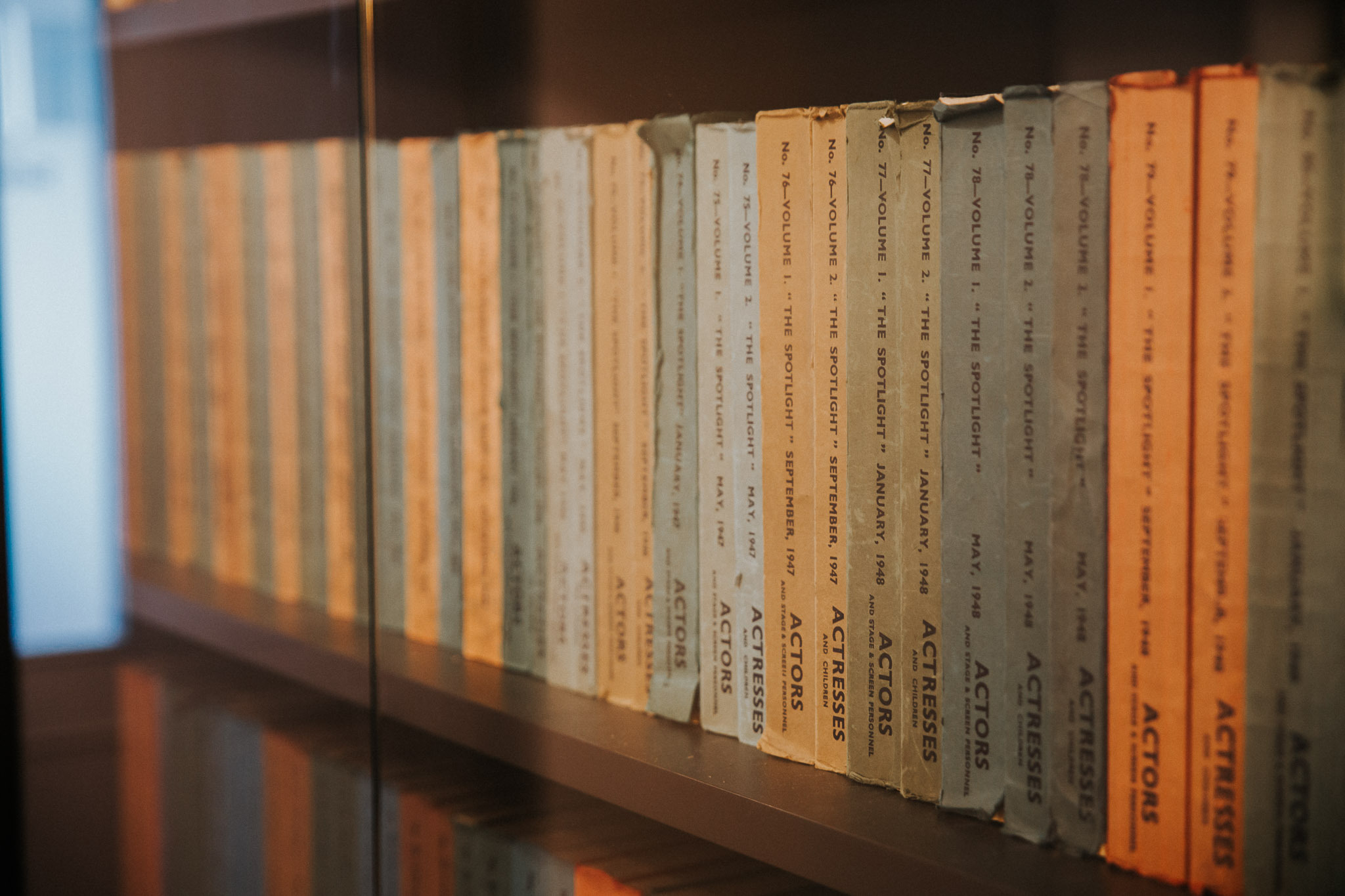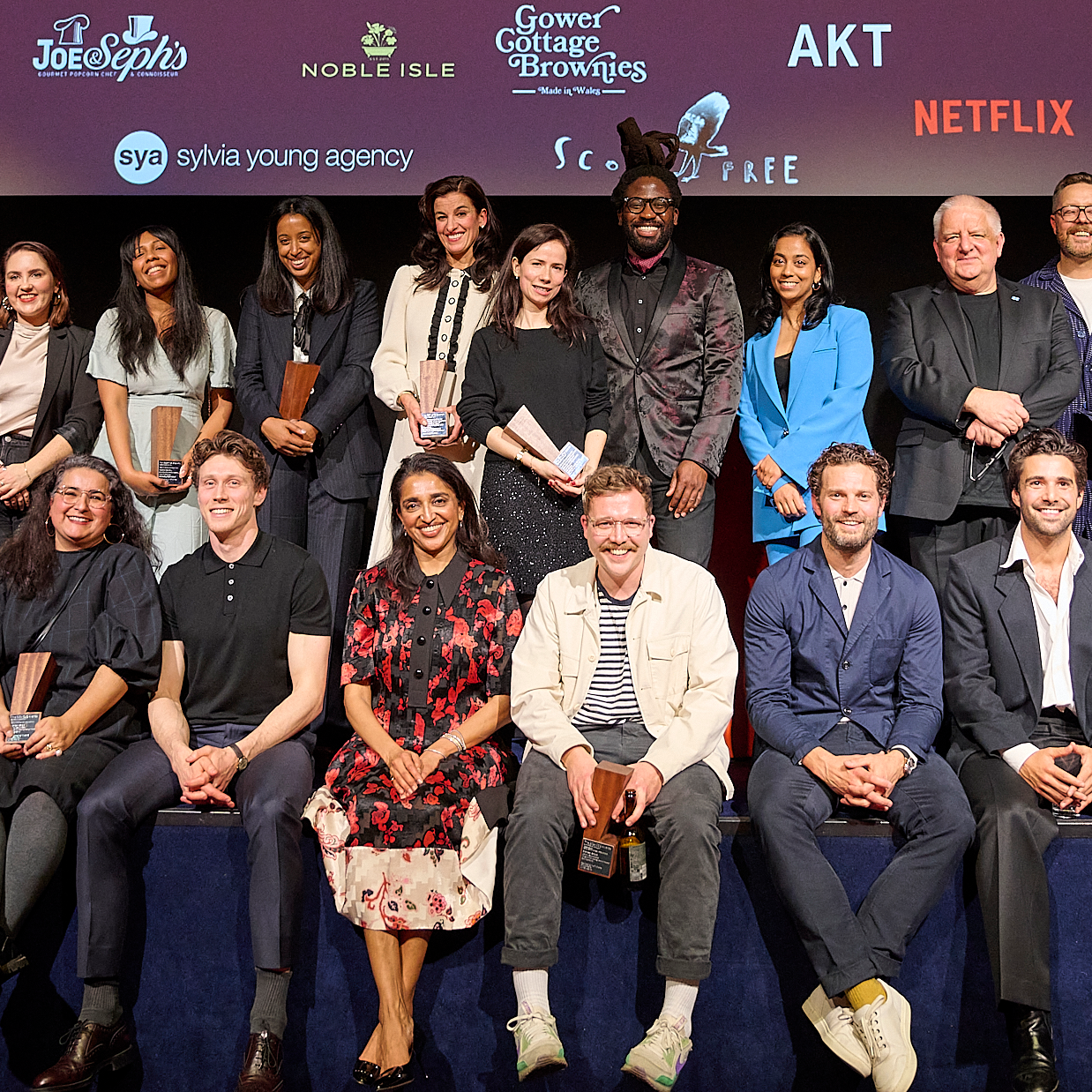What is pilot season, how has the process changed with the rise of streaming services and why adapting to these changes is important for actors.
Most actors may have heard the term ‘pilot season’ at some point during their career. It was once known as the busiest time of the year for auditions and many actors flocked to major cities like New York and LA in the hopes of being cast in a pilot that could be developed on a major network.
In recent years, however, the process for pilot season looks vastly different. The landscape of television production has changed so much and it’s important to keep on top of how these processes work over time. As an actor, you could miss out on opportunities if you don’t understand how production and casting work.
Here is how pilot season has changed and what you need to know about this new landscape and how it has affected television production.
What is Pilot Season?
Pilot season is the time of year, typically between January and April, when production studios create one episode of a new series in development and use this episode to pitch an entire season to a major network. The pilot episode acts as a sample and marketing tool for the network and helps them to consider whether to buy further episodes or full seasons.
The development process for these pilot episodes takes place months before pilot season begins. Writers and producers pitch ideas for new television shows and the best ideas are developed into full scripts. The studios then consider the full scripts and order a significant number of scripts to be shot.
Pilot season starts when those commissioned scripts are actually being made. This is when the casting process begins and the actors join the process. After the pilot is made, it’s used to sell an entire series to the major networks. The actors used in the pilots are then typically offered roles as series regulars. If a pilot is not considered for a full season, it’s known as ‘unsold’. However, an actor can still be credited for starring in it.
How Has Pilot Season Changed?
The pilot season process has changed exponentially because the way we watch television has changed. The majority of television shows are now streamed online and all episodes are usually released at the same time. There’s now a huge catalogue of shows to watch because there’s so many productions being developed and released all year round.
Major studios and networks don’t necessarily follow the pilot season process anymore because they already have fully developed scripts – and they’re free to produce them as and when they choose. Streaming networks can also produce and distribute projects in-house, which means their development process can take place anytime of the year.
Major networks and streamers alike have opted out of producing pilots and instead order straight to series. This is down to a number of factors, but primarily, the cost of producing a pilot can be just as much – if not more – than producing a full or limited series.
These changes in production mean casting for newly developed shows has also changed. Actors don’t necessarily have to participate in pilot season as a process, as shows are now produced and cast all year round. All an actor has to do is find out what’s being produced and who’s casting it.
There’s also more security around this change for an actor who’s cast in a new show. If a show is commissioned straight to series, this guarantees an actor’s role for the whole season. Whereas, previously in pilot season, actors would have to wait for a pilot to be picked up before they were offered a role for the rest of the series.
The Impact of Pilot Season’s Changes
Moving away from the traditional process of pilot season could mean many changes for the industry, particularly for actors. The downside has meant that actors can no longer rely on the months of pilot season to be as busy for auditions as it used to be. Although pilot season still technically happens and there are auditions taking place, the sheer number of auditions is lower because there are fewer pilots being made and bought.
For actors, not having a guaranteed ‘busy period’ for auditions can be seen as a negative and some shows being developed already have big names attached before they go into production, which can mean that there are less opportunities for new names to break out.
The surplus of shows may also have a negative impact. While viewership ratings are higher for shows already in their third or fourth seasons, production might focus on developing further seasons or spin offs instead of risking time and money on developing new concepts for shows.
Actors have to understand that the industry is ultimately a business, and changing the structure in favour of efficiency and cost cutting is, overall beneficial. While there might be some downsides to a developing structure, there are many more upsides.
Actors used to have to travel to the major cities where pilots were being cast during specific months of the year. Now, however, thanks to industry changes like the rise of auditions via self-tape, actors from all over the world can be considered for roles in newly developed shows.
This has meant that the casting process for pilot season is no longer limited to specific times or places. It’s opened up opportunities to a diverse range of actors who otherwise wouldn’t have been considered simply because they weren’t within the vicinity.
Breaking away from the restraints of the pilot season process has also meant that the writers and creators of shows can work throughout the year by pitching directly to networks and streamers. Netflix, for example, works with in-house creatives to develop ideas and they have creative executives who receive pitches for projects. They can also purchase finished works and develop ideas internally.
This process cuts out the need to sell shows to other networks and saves time and money from being put into pilots for shows that may never get bought. Producing in-house to develop and commission ideas means the creative control stays with showrunners, producers and writers without the limitations of belonging to a major television network. The production no longer takes place on a timeline, and pilots no longer have to wait to be picked.
Adapting to the New Pilot Season
Without the old pilot season, we wouldn’t have major critically-acclaimed television shows like Friends. Friends was produced in 1994 and had a lengthy casting process – which went on to launch the careers of Jennifer Aniston, Courtney Cox, Lisa Kudrow, Matthew Perry, David Schwimmer and Matt LeBlanc.
Cheers was also developed during pilot season. It aired for 11 seasons and received 27 Emmy Awards from over 117 nominations. In the early 2000’s, shows like Lost, The Big Bang Theory and The Office were initially pitched through pilot episodes and after having major commercial success on major networks, many of these shows have found new audiences on streaming platforms.
Adapting to the changes means acknowledging that a number of different industry developments have occurred. Television shows are now being adapted from video games and books, which bring in a wider variety of audiences that can guarantee viewership figures. Audiences also have more of a voice now – especially with social media. They can review and give feedback through their own platforms and this can have an impact on the future seasons of a show. Streamers are also producing shows in higher numbers because they have the money to risk developing a great idea into a hit television series.
The success of the old pilot season process is evident, and remnants of the process are still in practice today. However, the change that’s rapidly happening in the industry is because of a need to keep up with an adapting audience. As what was once ‘pilot season’ changes into a more lucrative and well-rounded process, it’s in an actor’s best interest to adapt to these changes and look for ways to step into a new era of television production.
Take a look at our website for more industry news and acting advice for the US.
 Karen Johal is most notably known for playing Nicole Shelley in the award-winning Apple TV+ series Ted Lasso, starring opposite Jason Sudeikis, Brett Goldstein and Nick Mohammed. She currently stars in the BBC television series Phoenix Rise as Noreen Khan, starring opposite Paul Nicholls, Zita Sattar and Tyler Fayose. Karen’s film credits include: The Waves for MTV Entertainment directed by BAFTA award winner Sindha Agha; Frank’s Plan for Amazon Prime; and The High Performer for the award-winning digital creative We Are Tilt. She also starred in a global campaign for instant messaging platform WhatsApp with Broadcaster Alex Scott MBE and in a national Christmas commercial for retailer TK Maxx.
Karen Johal is most notably known for playing Nicole Shelley in the award-winning Apple TV+ series Ted Lasso, starring opposite Jason Sudeikis, Brett Goldstein and Nick Mohammed. She currently stars in the BBC television series Phoenix Rise as Noreen Khan, starring opposite Paul Nicholls, Zita Sattar and Tyler Fayose. Karen’s film credits include: The Waves for MTV Entertainment directed by BAFTA award winner Sindha Agha; Frank’s Plan for Amazon Prime; and The High Performer for the award-winning digital creative We Are Tilt. She also starred in a global campaign for instant messaging platform WhatsApp with Broadcaster Alex Scott MBE and in a national Christmas commercial for retailer TK Maxx.
In Theatre, Karen recently played the lead role in Ayad Akhtar’s The Who and the What at The English Theatre of Hamburg in Germany and has starred opposite Scottish actor Alan Cumming in the original musical Me and the Girls. She played the lead role in the regional premieres of David Harrower’s Blackbird and Duncan Macmillan’s People, Places and Things. Karen was also directed by Iqbal Khan in Mismatch, performing as part of the Sky Comedy Rep Festival at The Birmingham Rep Theatre in 2022.
Karen is a graduate of The American Academy of Dramatic Arts in Manhattan, New York where she performed on stage for The Public Theater at Shakespeare in the Park and at the world famous Carnegie Hall. She is currently working at the Birmingham Hippodrome on Research and Development for the play “I am the ghost of Quandeel Baloch” by Guleranna Mir.
Headshot credit: Andy Brown



















